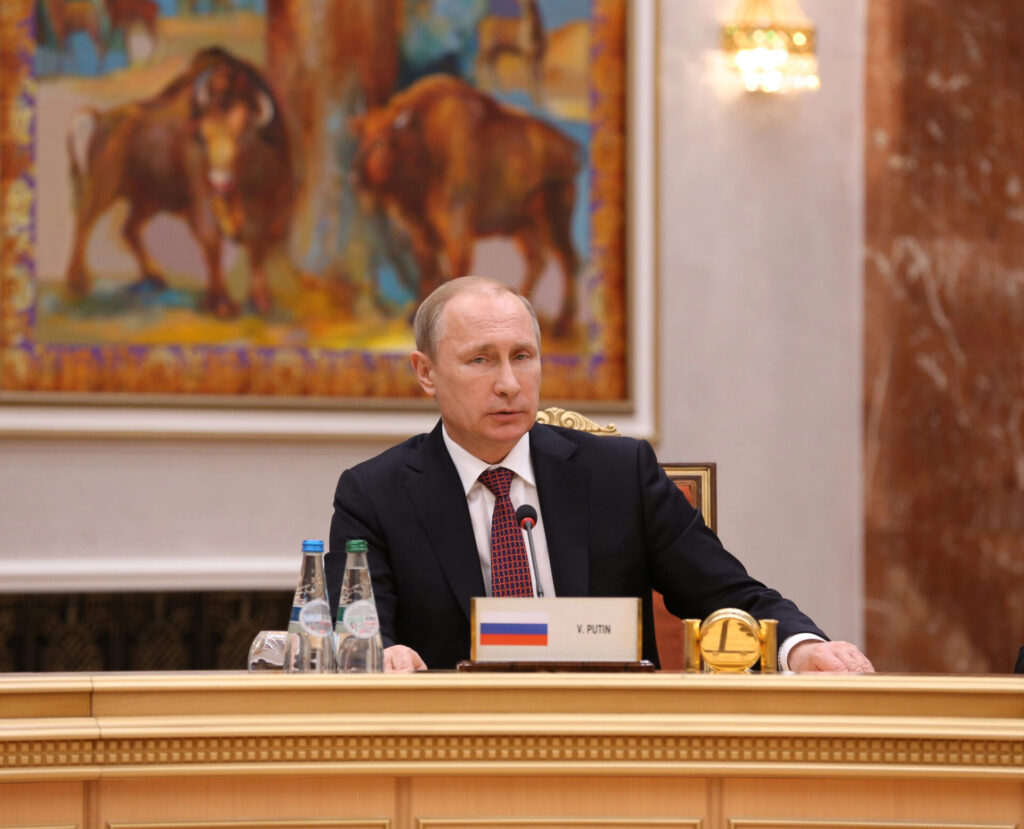In a move that’s already setting the foreign policy establishment ablaze, President Donald Trump’s administration is reportedly preparing to recognize Crimea as part of Russia—if it paves the way for a historic peace deal to end the years-long war in Ukraine. According to Bloomberg, sources close to the negotiations say the White House is weighing the recognition as part of a broader ceasefire framework.
And just like that, the America First foreign policy is back—focused on outcomes, not performative diplomacy or endless wars.
While critics howl about “territorial integrity” and “norms,” President Trump is focused on one thing: stopping the bloodshed and bringing peace. After more than a decade of conflict, failed summits, broken promises, and thousands dead, the president is signaling he’s ready to make a deal the political class wouldn’t dare touch.
Let’s break it down.
Crimea has been under Russian control since 2014, when Vladimir Putin’s forces rolled in and annexed it following Ukraine’s Maidan revolution. The Obama-Biden administration wagged fingers, imposed sanctions, and shrugged as Crimea slipped away—without firing a single shot in defense of Ukraine. Then came years of war, Russian expansion, and NATO handwringing.
Enter Trump 2.0.
As the war drags on with no end in sight, the Trump administration is doing what globalists never could—forcing hard conversations and demanding results. Secretary of State Marco Rubio said Friday the U.S. is just “days away” from deciding whether a comprehensive ceasefire deal is possible. Time’s up for diplomatic dithering.
Rubio has been globe-trotting, holding closed-door talks with Ukraine, France, and the U.K. as part of the new “coalition of the willing.” The goal? Find terms that stop the shooting and secure long-term peace.
But Ukraine’s President Volodymyr Zelensky, once the darling of the Western press, has found himself increasingly isolated. After a disastrous meeting in the Oval Office—where both Trump and Vice President J.D. Vance reportedly laid into him for dragging his feet and demanding too much—Zelensky’s leverage has dwindled.
And his political future? Hanging by a thread.
Trump has offered Ukraine a path forward: Give the U.S. access to its valuable mineral reserves in exchange for continued aid. But Kyiv wants more—namely, a full U.S. security guarantee and no roadblocks to joining the European Union.
The Trump administration isn’t buying it. Why should American taxpayers bankroll an endless war with no exit strategy? Why should our troops, our dollars, and our global standing be sacrificed while Europe naps and Zelensky plays hardball?
To be clear, no final decision has been made on Crimea. But Trump is playing hardball in return. And for the first time in years, there’s real movement on peace—because the Trump administration isn’t afraid to call a spade a spade.
Zelensky’s refusal to budge on Crimea might cost him everything. As one source put it, “The negotiating environment is very antagonistic.” No kidding.
What’s worse, Zelensky just insulted Trump’s special envoy to the Middle East, Steve Witkoff, accusing him of “spreading Russian narratives.” That kind of rhetoric won’t earn any goodwill at the negotiating table.
Meanwhile, Moscow is publicly entertaining the peace process—even as it drags its feet behind the scenes. But unlike previous administrations, Trump is setting deadlines, drawing red lines, and preparing to walk away if the parties can’t deliver.
“If one of the two parties makes it very difficult,” Trump told reporters, “we’re just going to say, ‘You’re foolish, you’re fools, you’re horrible people.’ And we’re going to just take a pass.”
Classic Trump. Straight talk. No nonsense.
This is what leadership looks like: demanding results, setting terms, and refusing to play the same old diplomatic games that left Ukraine in ruins and Russia emboldened.
Whether Crimea becomes part of a peace deal or not, one thing is clear—Donald Trump is reshaping the conversation, smashing sacred cows, and putting American interests first.

